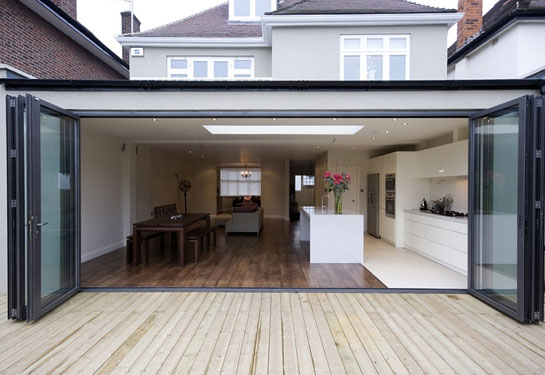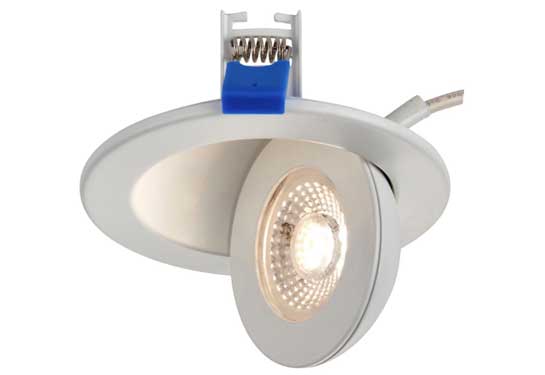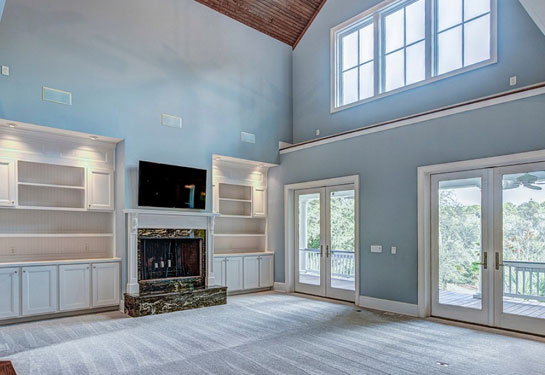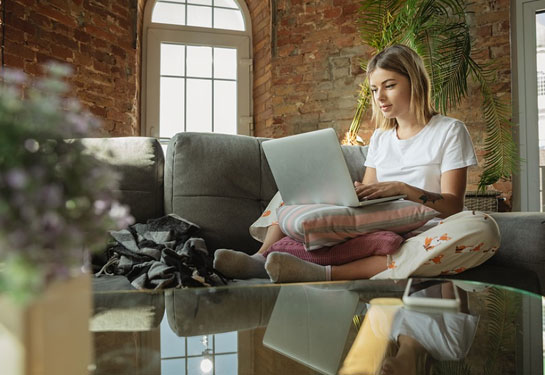How To Be Eco-Friendly With Lighting Design
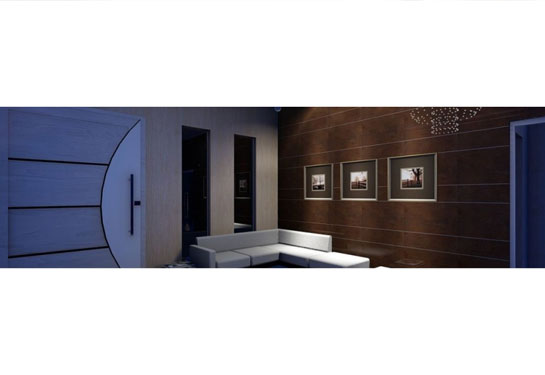
Growing numbers of us are keen to live more sustainable lives in the future, as we become more aware of the stark realities of climate breakdown. Now’s the time to start thinking about what possible changes you could make at home to be more eco-friendly - and your interior lighting systems are a great place to begin your journey to a more environmentally focused home.
Figures from the Energy Saving Trust show that lighting makes up 15 per cent of the typical household’s electricity bill, but you can reduce your energy use (and therefore your bills!) by making small adjustments, such as changing the type of bulbs you’re using.
Apparently, if you switch all the old compact fluorescent light bulbs at home with LEDs, you could save yourself a pretty impressive £40 a year, or thereabouts, on your electricity bills. Certainly food for thought!
Of course, there are other ways in which you can save energy with lights at home, such as by making sure you turn them on when you’re leaving a room, being more conscious about how many lights are on and if they all need to be used, positioning lightswitches in strategic places so they’re convenient to turn off or using a sensor and timer on external lights.
And you certainly shouldn’t forget about natural light when thinking about lighting design at home. You should build your design scheme around the level of natural light that enters a space, taking into account direct light glare and temperature regulation.
If you’re overhauling a room completely, think about different architectural features such as atriums, skylights, light shafts and so on, and how they work with other parts of the building - something known as daylighting design.
Don’t forget to take full advantage of all the amazing technology we have at our disposal these days, either. Turning to smart solutions for lighting design can really help boost your green credentials, whether that’s smart switches, an automated lighting system or motion sensitive lights.
This will reduce energy wastage - and you can even install systems that you’re able to control remotely, so you can switch lights off from bed! Programming your lights to come on and off at certain times of day means you can really tailor your systems to suit your daily habits.
And also think about the materials you’re using for your fittings and fixtures. You can easily make sure you choose sustainable, recycled and natural materials to help the environment, and this is an easy step to take towards becoming more eco-friendly.
Always do a lot of research into your lighting system before you spend any money, so that you know you're going to like the end result and won’t want to change anything too soon or replace items that you suddenly take a dislike to. This will help prevent more items going to landfill unnecessarily.
Looking for LED feature lights? Check out what we’ve got in stock today.





